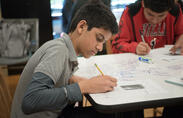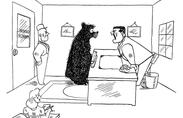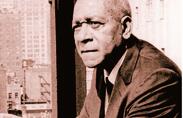Identity and Names
Students begin to explore the concept of identity by considering how our names represent who we are and reflect our relationship to society.

Identity and Labels
Students analyze a cartoon and a short video that prompt reflection on the ways we use labels, stereotypes, and assumptions to identify each other.

Identity and Choices
Students consider their own agency in creating their identities through choices made about who we are and how we present ourselves.

Connecting to the Past
Students read personal essays that illuminate how the choices made by our families and previous generations influence who we are today.

Who Are We?
Through a gallery walk activity, students learn that communities consist of a collection of people with unique identities.

Understanding Identity
Students consider the question "Who am I?" and identify social and cultural factors that shape identity by reading a short story and creating personal identity charts.

Bio-poem: Connecting Identity and Poetry
Students clarify aspects of their identity or the identity of a historical or literary figure by writing poems that focus on deeper elements of personal makeup like experiences, relationships, hopes, and interests.
Identity Charts
Use identity charts to help students consider the many factors that shape their own identity and that of groups, nations, and historical and literary figures.

Identity Charts
Use identity charts to help students consider the many factors that shape their own identity and that of groups, nations, and historical and literary figures.

Why Little Things Are Big
Students reflect on the power of being labelled and use Jesús Colón’s essay to reflect on their own experiences of being misjudged.



